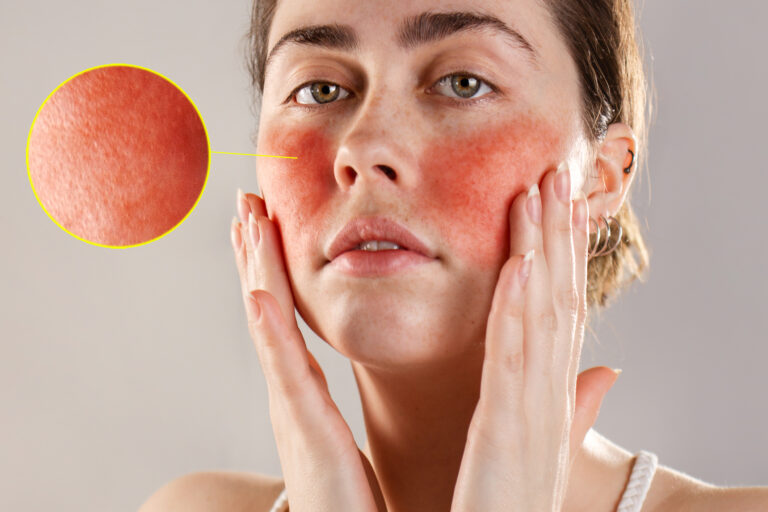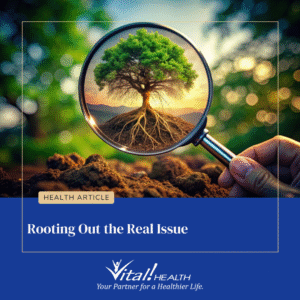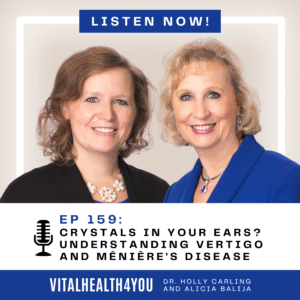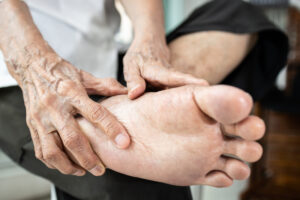Reddening of the face, that is not simply blushing or hot flashes, is many times Rosacea. Rosacea is a chronic inflammatory skin condition of the face. It can look like small red, pus-filled pustules, or bumps, and/or with tiny vessels becoming dilated and obvious at the surface of the skin, especially the face (referred to as telangiectasia). Although medicine does not seem to clearly define the causes, there are many known contributors.
It is a vascular issue, that much is known. The question should be why? It is said that certain environmental and/or nutritional factors creates a susceptibility, followed by a degeneration of the dermal layer of the skin, followed by small blood vessel dilation (flushing), followed by vascular breakdown (telangiectasia) resulting in leaking of inflammatory substances, resulting in inflammation and the characteristic reddening of the cheeks. So what are the contributing factors that make one susceptible, and secondly, what causes the deterioration of skin and vascular integrity?
“Susceptibility” is typically broken down into: endocrine (hormonal) imbalance, poor circulation, excess heat exposure (both internally and externally), reactions to medications, surgery, or cancer treatments, poor liver health, adrenal insufficiency, venous hypertension, and several rare congenital defects. Good nutrition and acupuncture can substantially resolve most of these health issues.
The next question is, what negatively influences vascular and tissue integrity? Tissue and vascular integrity is affected by nutrition. B Vitamins are a necessary component in healthy cell replication and in inflammation. Caution is warranted here because most B Vitamins on the market are synthetic and therefore not as functional for healing. Vitamin C (the whole complex of Vitamin C, not just ascorbic acid or calcium ascorbate components) is necessary for healthy collagen formation. Vitamins A and E are also essential for healthy skin and vascular walls, as well as immunity. These too must be in a food form and not their synthetic or fractionated form (beta carotene, vitamin A acetate or palmitate, and d-alpha-tocopherol are not whole food forms).
Improving circulation is a must as well. Viscous blood, caused by high glucose, triglycerides, cholesterol, and other components requires more pressure to push it through the vessels. If the vessels are weak to start with, spider veins occur – whether it is in the face (telangiectasia) or the rest of the body. Reducing sugar consumption and replacing harmful fats such as margarine (anything in a “tub”), and hydrogenated fats with good fats such as butter, coconut oil or olive oil, can help substantially in the body’s ability to repair skin and vessels.
These changes in and of themselves will go a long way in resolving a red face. Expect it to take several months to resolve. However, don’t forget that resolution of any health issue contributing to Rosacea (such as with acupuncture and expert nutritional advice), can improve the health of the body as well as the health of the face.
© 2012 Holly A. Carling, O.M.D., L.Ac., Ph.D.







